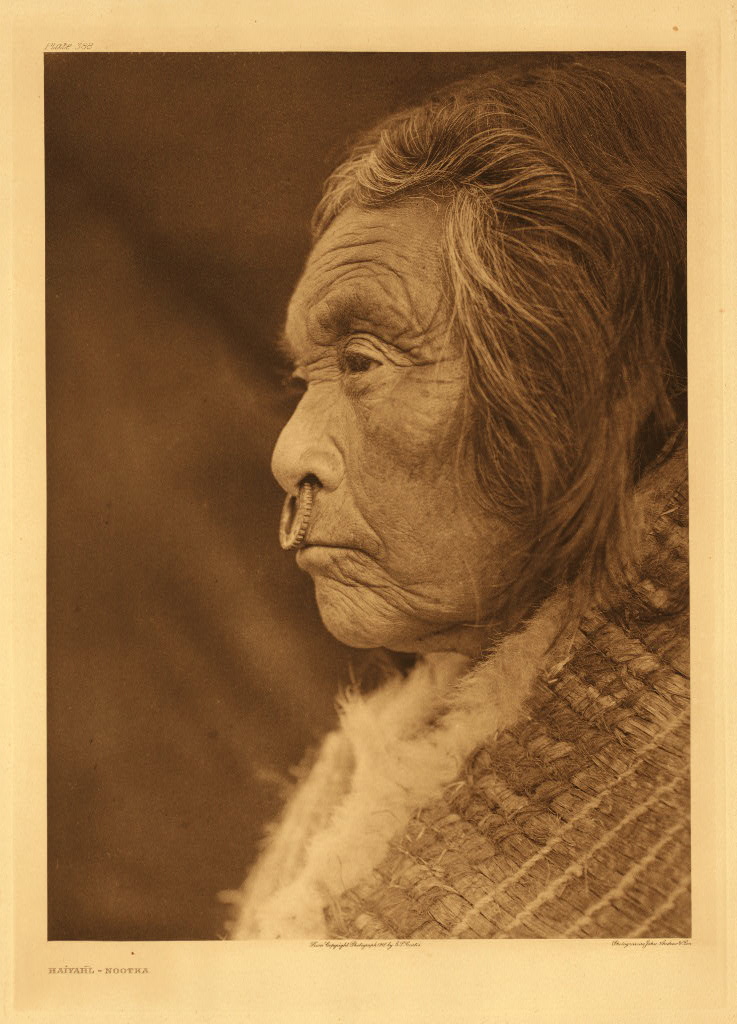Article
National Indigenous Peoples Day
Celebrated in Canada every 21 June, National Indigenous Peoples Day is an official day of celebration to recognize and honour the heritage, cultures and valuable contributions to society by First Nations, Inuit and Métis peoples. National Indigenous Peoples Day is the same day as the summer solstice (the longest day of the year) and was chosen for its important symbolism to many Indigenous peoples (see Religion and Spirituality of Indigenous Peoples in Canada.) This day has been celebrated as a statutory territorial holiday in the Northwest Territories since 2001 and in the Yukon since 2017.















